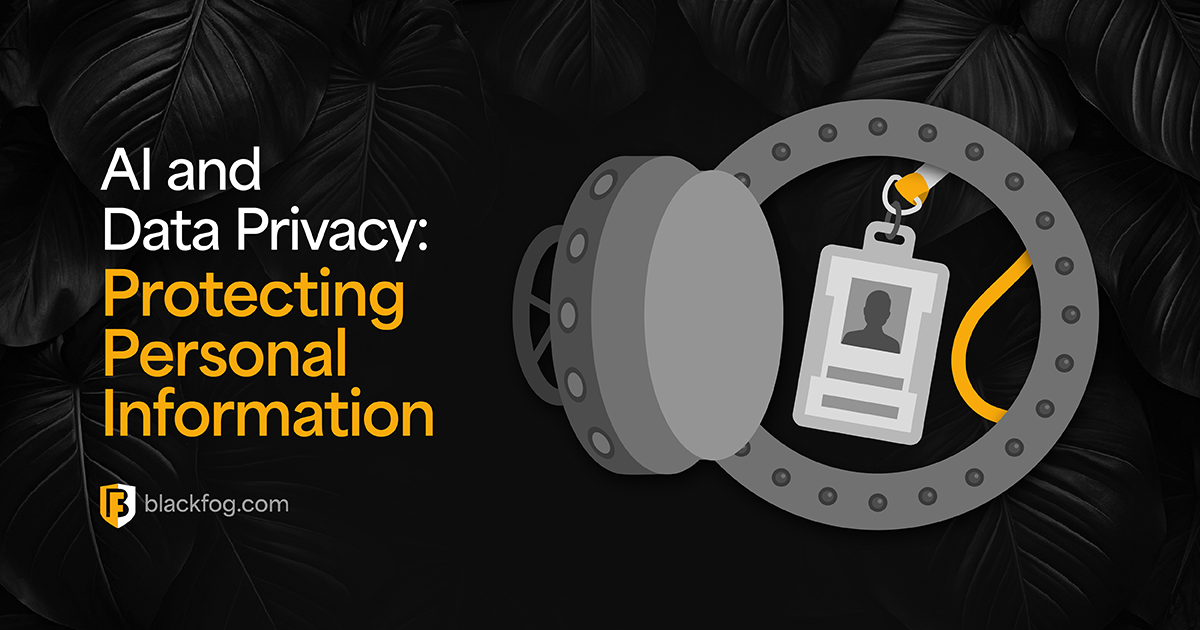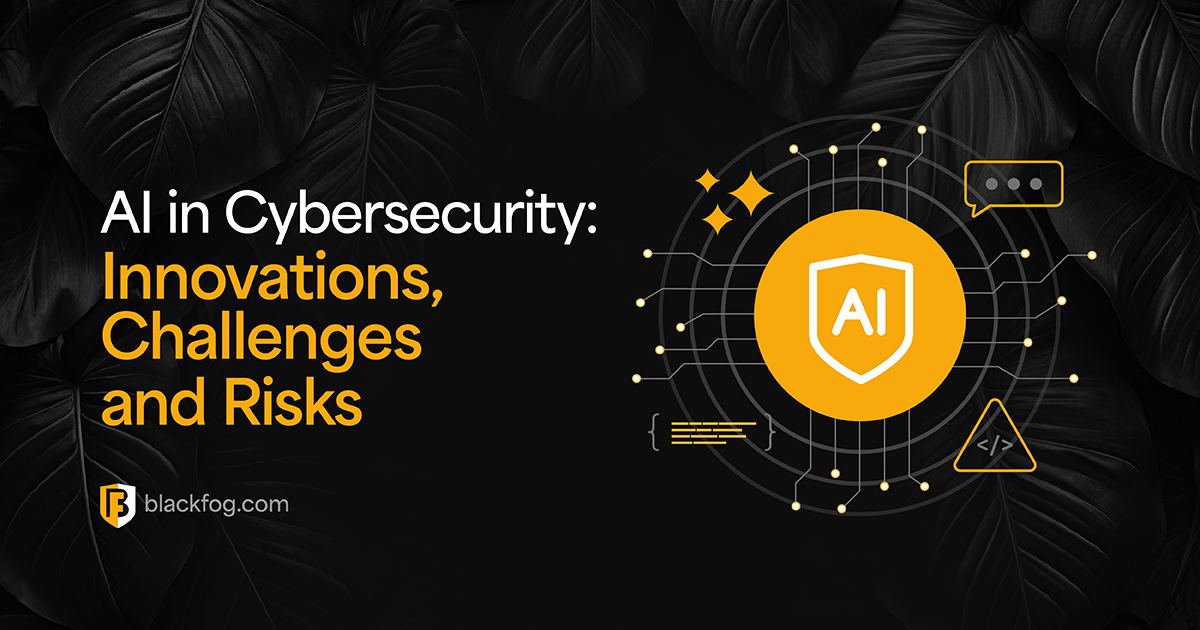
Why Endpoint Protection is a Vital Part of Any Anti-Data Exfiltration Strategy
Preventing cyberattacks and securing sensitive data matters now more than ever. With the average cost of a data breach running into the millions of dollars and more firms coming under attack on a weekly or even daily basis, companies need to take steps to ensure their cybersecurity defenses are up to the challenge.
One particular area that needs to be addressed is the matter of endpoint security. Protecting company devices from both external attacks and negligent or malicious employees now needs to play a key role in keeping businesses safe, especially as more devices connect and traditional solutions such as firewalls become less effective at stopping the new generation of advanced attacks.
As such, firms need on-device data loss prevention (DLP) tools they can apply throughout their network, regardless of device type, network connection or location.
Understanding Endpoint Protection
Endpoint protection refers to the cybersecurity measures you have in place across every end-user device that touches your network. For most firms, this will include employee desktop and laptop PCs, but it increasingly also covers mobile devices, personally-owned devices and even gadgets such as Internet of Things (IoT) sensors.
All of these act as entry points to your network that hackers can exploit, as well as potential exit points for any data that criminals are attempting to steal. What’s more, as the way people interact with enterprise networks changes in response to trends such as new working practices, these devices are increasingly displacing tools such as firewalls as the first line of defense for many companies.
Where do Endpoint Threats Originate?
Endpoint threats to your corporate network can come from inside or outside of your business. An insider threat, for example, may be the result of careless or negligent behavior such as falling for phishing attacks or sharing sensitive information with the wrong people. But it can also be the result of malicious activity, where a disgruntled employee deliberately seeks to steal critical data for their own profit.
However, the majority of cyberattacks that lead to data breaches still originate from external threat actors, and there are a few key attack types that enterprises need to be aware of. For example, IBM’s latest Security X-Force Threat Intelligence Index listed the use of backdoor attacks and ransomware as among the most significant threats facing firms in 2023, while phishing was the most common way in which external hackers gain access to networks.
For many criminals, data exfiltration is not their primary objective when targeting a business. Many firms will struggle to recover from a severe data loss incident and may feel compelled to pay a ransom in order to prevent further damage. Therefore, the best way to prevent this is by deploying an endpoint DLP solution that can detect and block attempts to steal sensitive information as soon as they occur.
Endpoint Protection in a Changing Environment
One serious challenge for many firms is simply keeping up with the growing number of endpoints they have connecting to their network. Employees accessing data from outside the perimeter has long been a weak spot for many businesses’ security, but with the growing use of mobile devices and hybrid and fully remote working, this is becoming an even bigger challenge.
The Threat Posed by New Working Practices
Part of this has been driven by changes in employee expectations, and in particular the end of the traditional nine-to-five, office-based approach. For example, one study by Gallup found that in May 2023, more than half (52 percent) of US workers in remote-capable jobs use a hybrid working environment, with just one in five on-site all the time. The majority of employees also expect this to continue for the years to come.
Hackers have been quick to exploit these trends. In 2020, for example, when many people first started working from home due to COVID-19 lockdowns, ransomware attacks spiked by 150 percent compared with the previous year. This has since proven to be a permanent solution for many companies, which means greater reliance on tools such as cloud services and other technologies to connect with firms’ networks remotely.
As well as the fact that people now use personal devices and unsecured networks to access business data, less direct oversight means they can be far more susceptible to falling victim to certain types of phishing attacks. For example, emails that purport to be from senior executives within the business asking for information are particularly successful against remote workers as they are unable to speak directly to colleagues face-to-face.
Managing A Sprawling Environment
Another issue that can make endpoint data protection a challenge is the sheer number of devices security teams have to manage. Particularly in large businesses, this can easily sprawl out of control, with research by Adaptiva suggesting that as of 2022, the typical large enterprise was managing over 135,000 endpoints.
Ensuring that all of these devices are protected is a huge task, and it can be easy to overlook activities such as critical patching and updates to the latest versions of applications and systems. Poor patch management is a leading cause of data breaches, with as many as 57 percent of victims admitting that applying patches would have prevented a successful attack. Despite this, many firms are still failing to keep up with these activities.
For example, one report by Tenable noted that known vulnerabilities played a prominent role in attacks in 2022 – with some attacks taking advantage of known weaknesses that have had patches available since 2017.
This indicates that even when devices are within the network perimeter, IT professionals struggle to keep up with these patching demands. When they do not have direct access to devices outside their control, such as mobile devices, the problem is likely to be exacerbated.
The Challenges Posed by Mobile Devices
Mobile devices pose an especially dangerous data security issue, whether they are connected via a corporate network or are being used outside the business. The vast majority of employees will use personally-owned smartphones and tablets to access work applications and this offers hackers a great opportunity to exfiltrate data.
For instance, Verizon’s Mobile Security Index 2022 found that last year, 45 percent of organizations had recently experienced a mobile-related compromise, almost twice the figure from the previous 12 months. What’s more, three-quarters of these were classed as ‘major’ incidents.
Many traditional endpoint security solutions will struggle to adequately protect these devices. A legacy enterprise DLP solution, for example, will often need to send data back to a central server for analysis, increasing time and breaking encryption to do this. Therefore, an endpoint protection platform that is lightweight enough to be installed on every endpoint device, including personally owned mobiles, is essential.
The Role of Endpoint Protection in Preventing Data Exfiltration
As unsecured endpoints are a key vulnerability that hackers are keen to exploit, whether looking to install malware or steal personal data, it’s vital that tools to protect these weaknesses play a key role in enterprises’ defenses.
In today’s highly decentralized networks, the best way to do this is with a security solution that provides dedicated endpoint protection. On-device anti data exfiltration (ADX) tools will ensure that even if cybercriminals gain access to a network or device, they will not be able to steal data.
They also prevent the collection of unauthorized data on these mobile devices while offering protection from cyberthreats such as phishing and profiling.
By deploying ADX and endpoint DLP tools as part of your network security, you can ensure that no matter what endpoints your employees are using, or where they are based, your data is secured. This enables you to make certain your business is keeping up with the latest working trends without compromising on security.
Related Posts
AI and Ransomware Prevention: How Smart Tech can Outsmart Cybercriminals
What opportunities do AI ransomware protection tools offer to cybersecurity pros?
AI and Data Privacy: Protecting Personal Information
Find out what the biggest challenges related to AI and data privacy are today and what you can do to address them.
How to Prevent Ransomware Attacks: Key Practices to Know About
Are you aware of the differences between data privacy vs data security that may impact how you develop a comprehensive protection strategy
AI in Cybersecurity: Innovations, Challenges and Future Risks
AI will be the next evolution for cybersecurity solutions: What innovations and issues could this present to businesses?
AI-Powered Malware Detection: BlackFog’s Advanced Solutions
Find out everything you need to know about the importance of stopping data theft and the potential consequences of failure.
Texas Tech Cyberattack: 1.4M Records Compromised
The Texas Tech security breach exposed sensitive data of 1.4 million patients. Learn how attackers gained access, the impact on victims, and key lessons for cybersecurity best practices to prevent future educational institutions data breaches.






